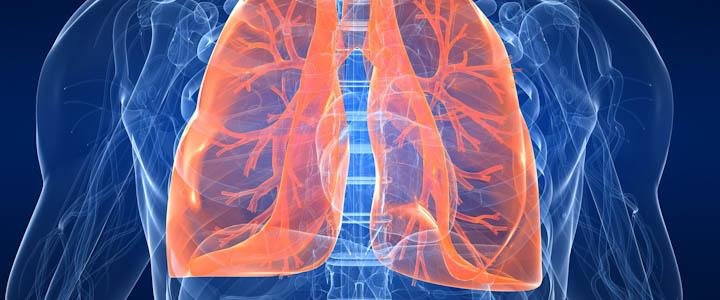Early symptoms of infantile spasm?
summary
Infantile spasm is a common chronic disease of nervous system in childhood. If patients feel unwell, they should go to the hospital immediately for diagnosis and treatment. It is an age-dependent refractory epilepsy syndrome, which typically occurs in infants aged 3-10 months. Every 2-3.5/10000 live newborns in the world suffer from infantile spasm, accounting for about 13-45.5% of infantile seizures. Today, let me learn about the symptoms of infantile spasm
Early symptoms of infantile spasm?
First, the onset of the disease was within one year old, with a peak of 4-7 months. The characteristics of spasmodic seizures are bow like or nod like. It has also been observed that the disease presents a variety of forms of seizures, such as flexion hyperextension mixed spasm is the most common, other flexion, hyperextension, myoclonus, atony or tonic, unilateral, atypical absence seizures, etc.
Second: the attack form is a continuous string of ankylosing spasms, manifested as two arms raised forward, head and trunk flexion forward, a few cases of extension to the back, repeated several times or even dozens of times, sometimes accompanied by shouting or smiling. 95% of the cases had mental and motor retardation. Electroencephalogram (EEG) showed a disorder of peak rhythm, which was a slow wave with high amplitude, unsymmetrical and unsymmetrical, mixed with multifocal sharp waves and spikes. During the attack period, the EEG can have a flat fast wave of several seconds.

Third: change of intelligence: 60% - 70% of the children with infantile spasm have mental retardation at the beginning, and it can increase to 85% - 90% when they are over 2 years old. No matter whether there is mental retardation before the disease, once the spasm occurs, there will be mental retardation one after another.

matters needing attention
In short, the treatment of infantile spasm needs to be paid attention to, and the use of ketogenic diet can bring hope for the treatment of infantile spasm.
















